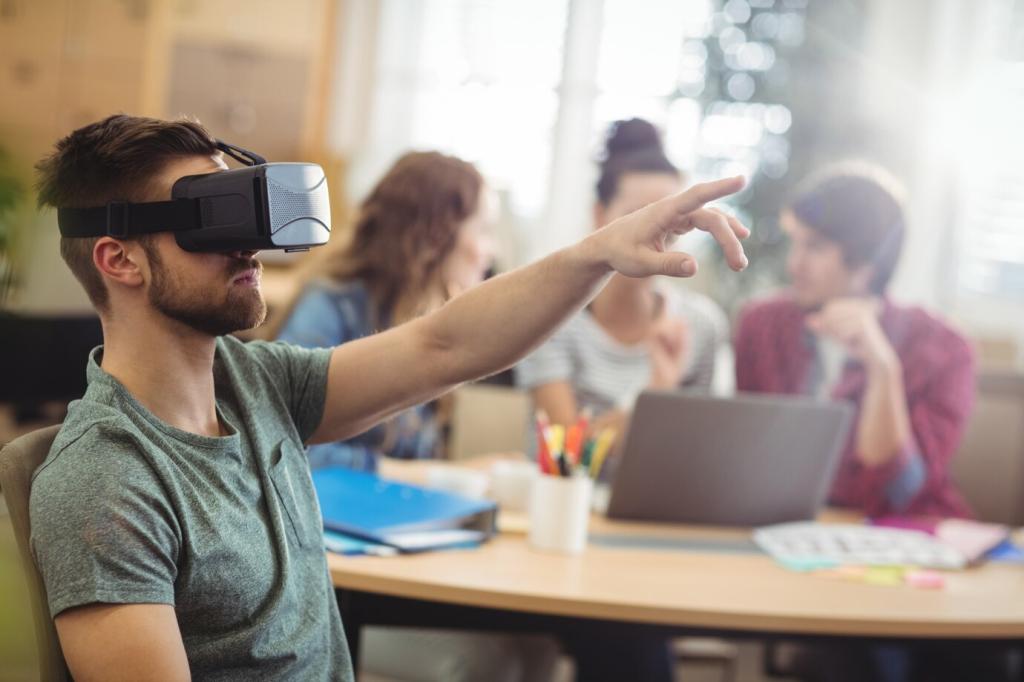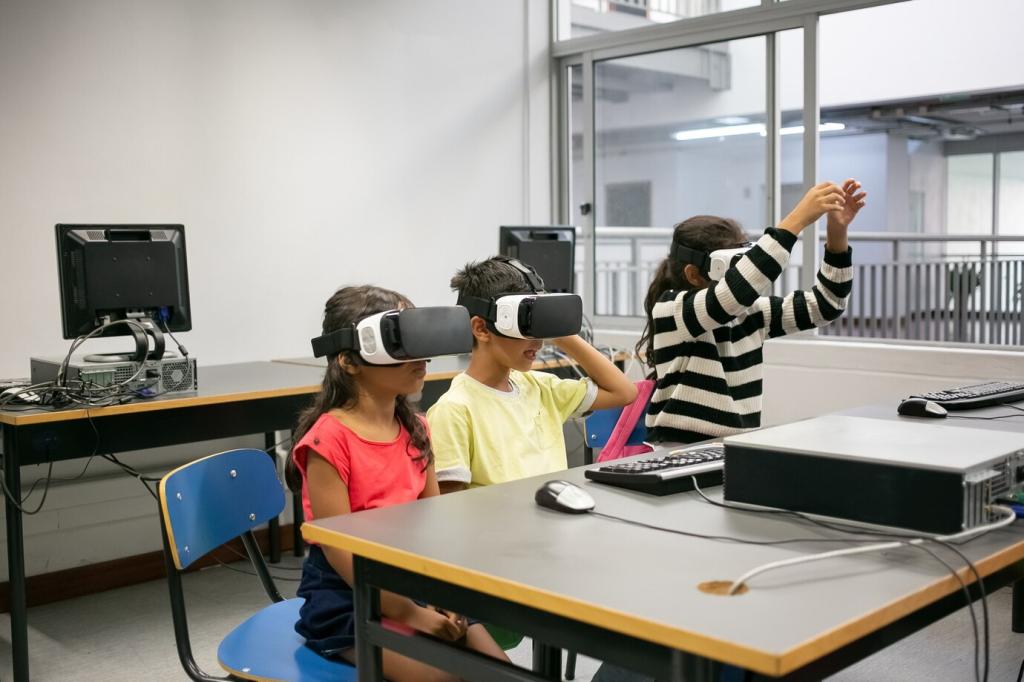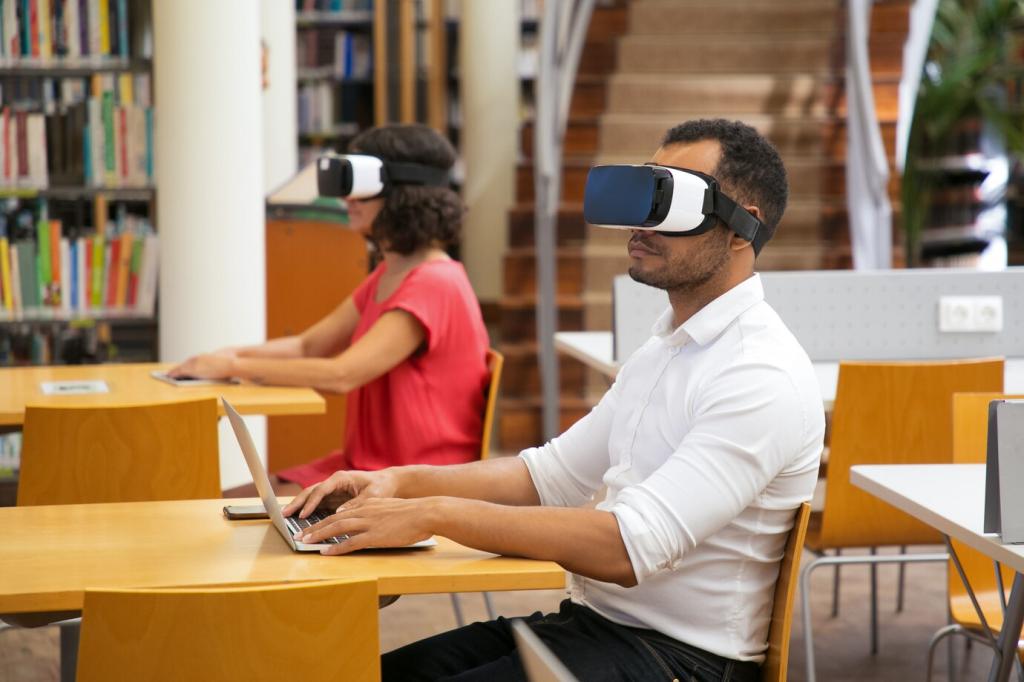
The Role of Virtual Reality in Modernizing Educational Systems
Virtual reality (VR) is transforming the educational landscape by creating immersive, interactive environments that allow students and educators to experience learning in ways previously unimaginable. As the world becomes increasingly digital, schools and universities are exploring innovative technologies to improve engagement, accessibility, and effectiveness in education. VR stands out as a promising tool that bridges theoretical knowledge with hands-on experiences, promoting deeper understanding, collaboration, and creativity. This technology not only modernizes classrooms but also prepares learners for a rapidly evolving future. The following sections examine how virtual reality is reshaping education, from enhancing engagement to redefining curricula and overcoming barriers, ultimately creating a more effective and inclusive educational system.
Enhancing Student Engagement and Retention


Transforming Teaching Practices and Curriculum Design

